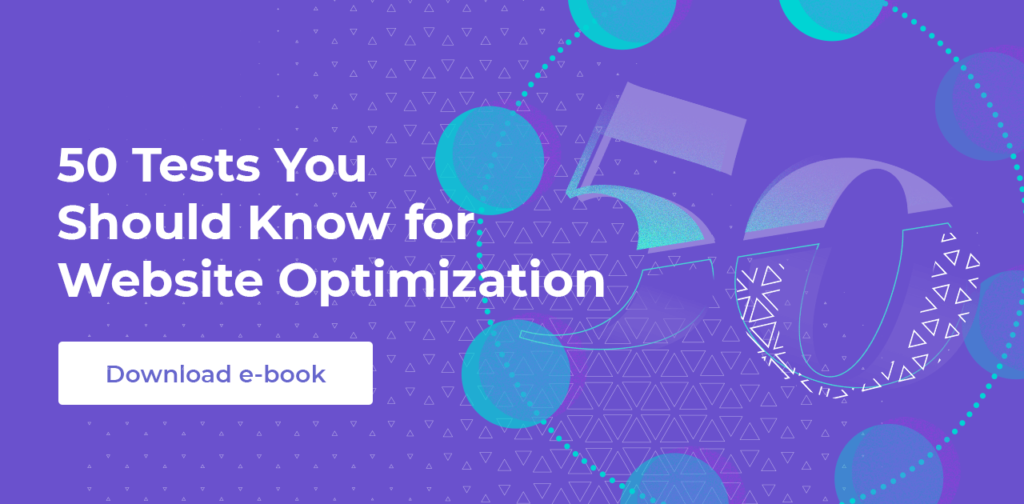All businesses rely on attracting new customers.
But, appealing to the modern consumer has become increasingly difficult. Lead generation needs to be personalized, innovative and focused on providing value to your target audience. It’s about cultivating a relationship with people that gradually convinces them that your product or service is exactly what they’ve been looking for.
That is how brands will stand out against the competition and pique interest among consumers who’ve become quite good at glazing over messages and advertisements that aren’t immediately recognized as being relevant.
Unlike B2B lead generation, which is generally marked by longer sales cycles and involves multiple decision-makers, B2C lead generation deals with the individual consumer. This means the lifespan of a sales cycle is generally shorter, and is more prone to decision-making that’s rooted in emotion.
We outlined four great strategies to kickstart your B2C lead generation strategy below. (If you’re more focused or interested in B2B lead generation click here.)
1. Connect Your Email Marketing and Social Channels
When it comes to creating an innovative strategy for B2C lead generation, a great place to start is your company’s social channels and email marketing.
Social media and email have the ability to reach a large audience or customer base with relevant messaging that appeals to user interests. Work on connecting these two ecosystems to ensure that regular visitors to your site are following you on social media (and vice versa).

Make sure to include social channel buttons on your newsletter and email communications and/or run ads for your newsletter on social channels. Get creative and try running a social media contest that engages visitors and increases followers!
2. Focus on Content Marketing and SEO
When it comes to generating some great new leads in an over-saturated consumer market, having a water-tight content strategy is the key to success. Any content you create—whether it’s email marketing, social posts, blog articles-—needs to be of the highest-quality to really help accelerate your lead gen strategy.
Informative, polished, content helps build trust in your brand among current and potential clients. Using personalization to put the right content in front of the right person will elevate your efforts even further.
Be sure to incorporate SEO into your strategy to make sure your content is surfacing on top Google search results pages for increased visibility. Perform keyword research to understand what your customers and target audience are looking for, and build out content topics from there. These keywords should be present in the title and throughout the body of the article (when appropriate), and content should be organized into sections with headers for better indexing.

And above all, focus on creating informational and engaging content, not something that’s overly promotional or pushy, as this may put off users in the early stages of interacting with your brand. The goal here is visibility, establishing your company as a leader in its field, and showing how you’re a resource for customers’ needs.
3. Invest In Your Website
To ensure your brand stays relevant and engages the modern consumer, your website needs to be optimized to create a seamless customer journey. Remember to design with the user in mind.
Consumer behavior has shifted dramatically in recent years with the growing advancement of digital platforms. People are increasingly reliant on their smartphones to research products (at home and in-store) and expect to have the same quality experience as they would on a desktop or tablet. Fast loading times (across devices) and a responsive website are necessities for B2C lead gen. In fact, according to Think With Google, once web pages take more than 3 seconds to load, the bounce rate spikes dramatically.
(To dive deeper into optimizing the mobile experience, check out our ebook on optimizing mobile web pages.)
Continued testing will ensure your website remains aligned with visitor interest and is easy to navigate. Even small changes (e.g. reordering or renaming headers in the navigation bar) can have a huge impact on the overall user experience—and your lead generation.
4. Cross-Channel Paid Adverts
Cross-channel advertising is when a company runs paid advertisements that appear across channels and on various devices (you’ve likely seen paid adverts from companies on social media, search results pages, and even on third-party sites).
Social media channels such as Instagram and Facebook are great channels for reaching customers with targeted based on user interests. Personalized adverts use artificial intelligence gathered from social media channels, allowing companies to then create customer profiles for more precise targeting. By funneling a potential lead through an advert that appeals to them, the brand can then gain more details about the user through a simple form, sign-up notification or email pop-up box, before the person continues on their journey to the site.
Google paid adverts, also known as PPC ads, ‘buy’ a place at the top of relevant search results which means: high-visibility. Again, paid traffic can be funneled directly through to a landing page with a form or some kind of email capture, before the visitor is redirected to the website.
Paid campaigns are quite effective, even on the smaller budgets, but they do rely on as much data as possible to better target high-quality leads that have a greater likelihood of becoming customers. The ‘cost per click’ vs. the ‘cost per lead’ will need to be closely monitored to ensure you aren’t paying high advertising costs for a lower return on investment. If you’re considering using paid advertising for your next lead generation strategy, invest in a campaign tool to help obtain details from potential customers and target them with highly-relevant content to help them remember (and continue to interact) with your brand.
Conclusion
Whilst these strategies work really well in isolation when it comes to gaining some great new leads for any B2C brand, they also complement each other’s strategy and can work really well as a combined approach too. When it comes to improving your brand presence and attracting new contacts, being creative with your approach is imperative. As B2C marketing becomes more personalized, driven by data obtained from the user and their behavior online, there is more emphasis on brands to come up with new and clever campaigns to engage with consumers.
As with any marketing campaign, we are always in favor of A/B testing each of these strategies as it will give you much more insight into what potential leads respond best to. Whether it’s A/B testing your paid social adverts, changing the language in your email campaigns or creating versions of the same landing pages and A/B testing language, colors and even the positions of the call to actions- the possibilities are endless when it comes to testing. Gaining as much data about your unknown leads will help your brand appeal to their interests, allowing you to target them on platforms they frequent with personalized content that is likely to generate a lead.
Combining marketing tools with your next lead generation campaign strategy will ensure your brand stays ahead of the competition and keeps up with marketing, using a data-led approach in a digitally-focused industry.






